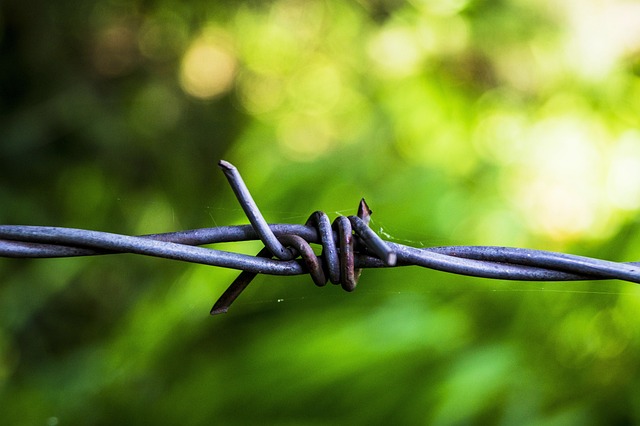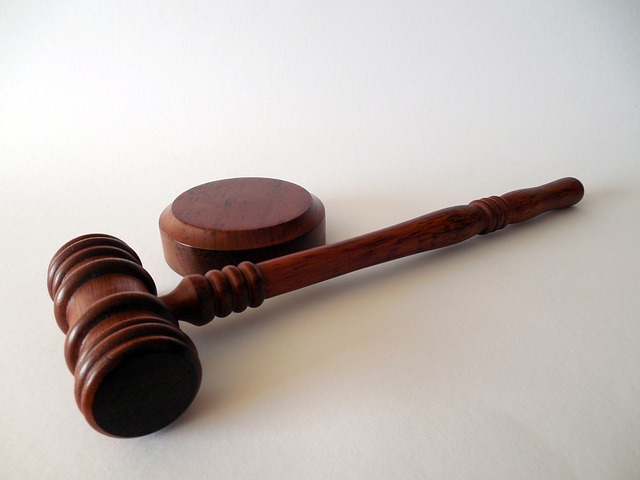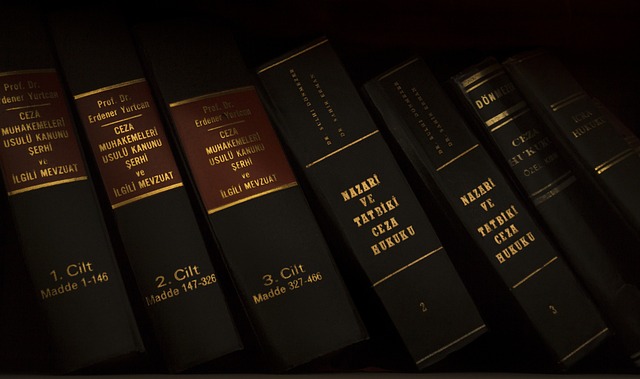The response to Driving Under the Influence (DUI) has been drastically reshaped by emerging technologies in DUI law. Advancements like advanced breathalyzers, data analytics, AI, remote alcohol monitoring, and enhanced field sobriety tests have improved accuracy and enforcement. These tools help identify patterns, provide more reliable evidence, and empower legal professionals to refine strategies and strengthen legislation. Emerging technologies such as AI and V2X communication predict high-risk areas and times, enable strategic resource deployment, and deter impaired driving. GPS tracking and breathalyzer apps offer real-time monitoring and remote alcohol testing, enhancing enforcement and safety. Data analysis and machine learning identify high-risk individuals and uncover hidden DUI trends, enabling proactive interventions. However, ethical considerations, including transparency and accountability in AI systems, must be addressed to ensure fairness and prevent bias.
In recent years, the global landscape of DUI laws has undergone significant shifts, driven by evolving societal norms and technological advancements. Traditional loopholes, once exploited, now face a new era of stringent enforcement thanks to innovative tools like GPS tracking apps and breathalyzer technology integrated with machine learning algorithms. This article explores these emerging technologies in DUI law, highlighting their revolutionary impact on prevention and enforcement while considering the ethical frontiers they push.
- The Evolving Landscape of DUI Laws: A Snapshot
- Traditional Loopholes and Their Impact
- Emerging Technologies: Revolutionizing DUI Enforcement
- GPS Tracking and Breathalyzer Apps: New Tools in the Fight
- Data Analysis and Machine Learning: Predicting and Preventing DUI Incidents
- Ethical Considerations and Future Prospects
The Evolving Landscape of DUI Laws: A Snapshot

The legal landscape surrounding Driving Under the Influence (DUI) laws has been steadily evolving, driven largely by advances in technology and a deeper understanding of impaired driving’s impact. In recent years, many jurisdictions have witnessed a shift towards more stringent penalties and innovative approaches to deterrence. This shift is not just a response to growing public concern but also to the introduction and refinement of emerging technologies that aid in both enforcement and prevention.
For instance, the widespread adoption of advanced breathalyzer devices has enhanced accuracy and reliability in alcohol testing. Additionally, the integration of data analytics and artificial intelligence (AI) has enabled law enforcement agencies to identify high-risk areas and individuals, allowing for more targeted patrols and interventions. Emerging technologies like remote alcohol monitoring systems and sophisticated field sobriety tests further equip officers with powerful tools to combat DUI, ensuring a safer road environment.
Traditional Loopholes and Their Impact

In the realm of legal proceedings, traditional loopholes have long presented significant gaps that challenge the fairness and effectiveness of justice systems worldwide. These loopholes, often arising from ambiguities in laws or regulatory frameworks, enable certain actions or behaviors to evade punishment or accountability. For instance, in the context of DUI (Driving Under the Influence) law, a common loophole allows individuals to avoid stringent penalties by exploiting technicalities in legislation. This may involve clever legal arguments or taking advantage of outdated statutes, which ultimately hinder the primary goal of deterring impaired driving and ensuring public safety.
Emerging technologies play a pivotal role in addressing these age-old loopholes. Advanced data analytics, for instance, can help identify patterns and trends in DUI cases, enabling legal professionals to refine strategies and strengthen legislation. Additionally, innovative technologies like real-time breath analysis devices or enhanced field sobriety tests can provide more accurate evidence, reducing the reliance on subjective interpretations that often led to loophole exploitation. By staying abreast of technological advancements, DUI law can evolve to better protect communities and uphold justice.
Emerging Technologies: Revolutionizing DUI Enforcement

Emerging technologies are playing a pivotal role in revolutionizing DUI (Driving Under the Influence) enforcement, offering innovative solutions to close loopholes and improve road safety. One of the most significant advancements is the integration of artificial intelligence (AI) and machine learning algorithms. These tools can analyze vast datasets to identify patterns and trends in DUI incidents, helping law enforcement predict high-risk areas and times. By leveraging AI, authorities can strategically deploy resources, conduct targeted patrols, and proactively prevent drunk driving.
Additionally, advancements in vehicle-to-everything (V2X) communication technologies are transforming DUI detection methods. V2X systems enable real-time data sharing between vehicles, infrastructure, and other connected devices. This interconnectedness allows for immediate notifications about potential DUI hazards, such as errant drivers or impaired individuals accessing vehicles. With these emerging technologies, law enforcement agencies can enhance their capabilities, stay ahead of evolving tactics employed by drunk drivers, and ultimately save lives on the roads.
GPS Tracking and Breathalyzer Apps: New Tools in the Fight

In the evolving landscape of DUI (Drunk Driving Under Influence) law, emerging technologies are playing a pivotal role in enhancing enforcement and prevention efforts. GPS tracking and breathalyzer apps have emerged as powerful tools in the fight against impaired driving. These innovative solutions offer real-time data and evidence, allowing authorities to pinpoint and track potential DUI offenders more effectively. By leveraging GPS technology, law enforcement agencies can monitor suspects’ movements, ensuring they adhere to bail conditions that prohibit driving.
Breathalyzer apps, on the other hand, provide an additional layer of accountability by enabling remote alcohol monitoring. These apps use breath analysis to detect blood alcohol levels, even when individuals are not in custody. This capability significantly closes gaps in traditional enforcement methods, as it can deter potential DUI offenders and facilitate faster response times for law enforcement. The integration of these emerging technologies into DUI law underscores a commitment to adapting to modern tools while maintaining road safety standards.
Data Analysis and Machine Learning: Predicting and Preventing DUI Incidents

In the realm of emerging technologies in DUI law, data analysis and machine learning stand out as powerful tools for predicting and preventing drunk driving incidents. By sifting through vast datasets containing historical DUI data, license plate recognition, geographic information, and behavioral patterns, these advanced systems can identify high-risk areas and individuals prone to impaired driving. Machine learning algorithms can detect anomalies and predict potential DUI occurrences, enabling law enforcement agencies to proactively deploy resources and conduct targeted patrols.
This proactive approach leverages the predictive capabilities of AI to close gaps in DUI prevention strategies. By analyzing trends and patterns over time, data analysis and machine learning can uncover hidden correlations, such as specific events or times when DUI incidents are more likely to occur. This knowledge allows for better-informed decisions and the development of tailored interventions, ultimately contributing to safer roads and communities.
Ethical Considerations and Future Prospects

As the legal landscape evolves, especially with the rapid pace of emerging technologies in DUI law, ethical considerations become increasingly paramount. The use of advanced data analytics and artificial intelligence, for instance, presents a dilemma regarding privacy and the potential for bias in decision-making processes. Ensuring transparency and accountability in these new systems is vital to maintaining fairness and preventing discrimination.
Looking ahead, the future of closing gaps through technology promises both challenges and opportunities. Innovations like blockchain could revolutionize record-keeping, enhancing data integrity and accessibility. However, adapting legal frameworks to accommodate these changes swiftly yet responsibly is crucial. This requires collaboration between legal experts, technologists, and policymakers to create a sustainable and ethical framework for emerging technologies in DUI law.
The evolving landscape of DUI laws, coupled with emerging technologies like GPS tracking apps and data analysis tools, signifies a significant shift in enforcement strategies. As traditional loopholes are closed, innovative solutions such as breathalyzer apps and machine learning algorithms play a pivotal role in predicting and preventing DUI incidents. This progress not only enhances road safety but also underscores the commitment to creating a more responsible driving culture. In terms of ethical considerations, it’s crucial to balance public safety with individual privacy rights, paving the way for a promising future in DUI law enforcement.






